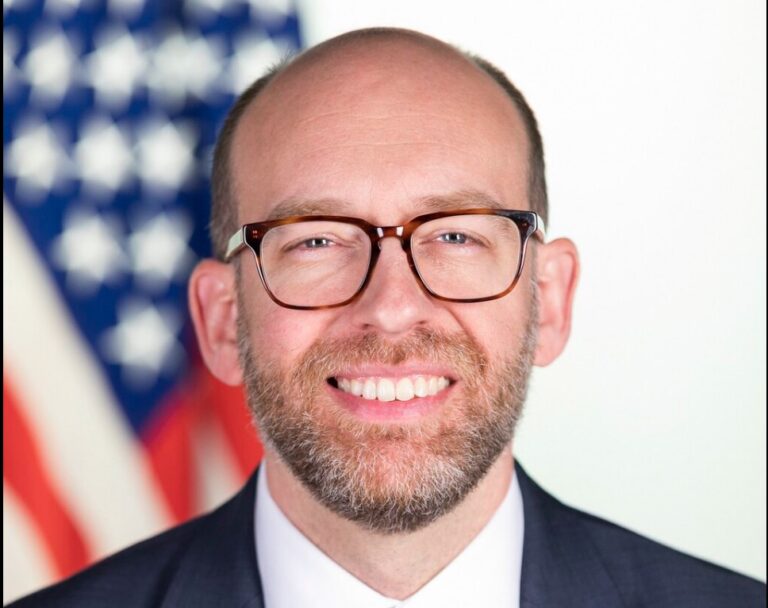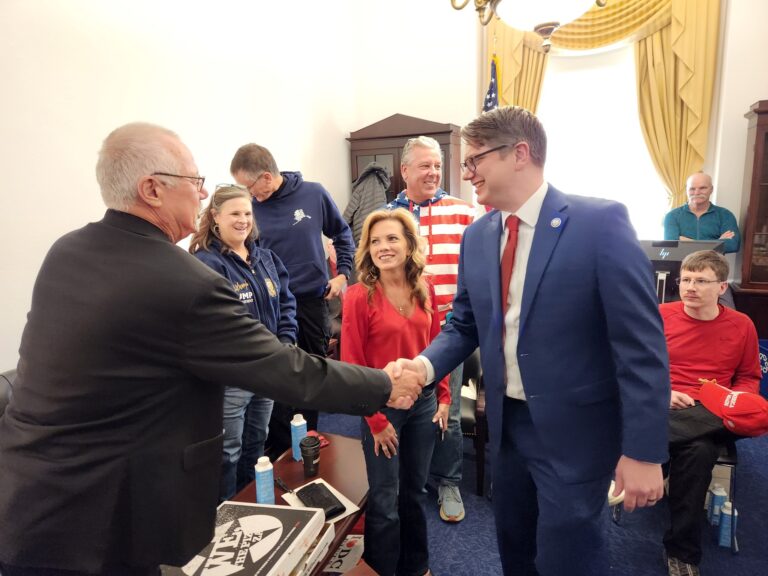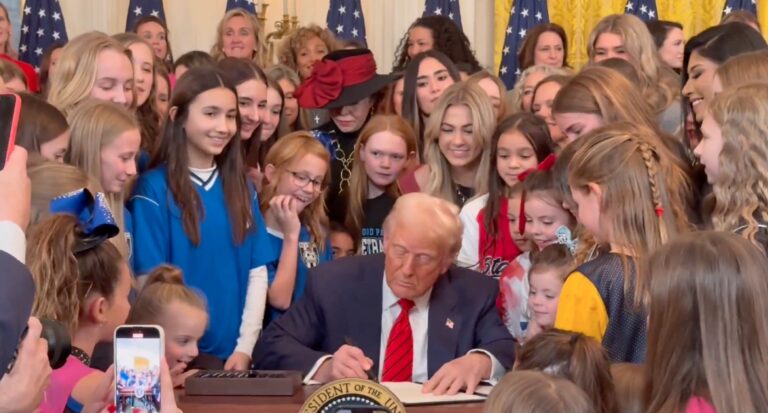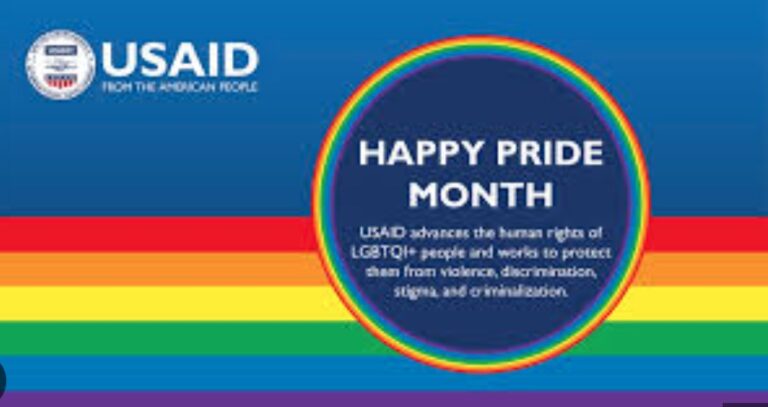By WAYNE HEIMER
As an observer of some antiquity, today’s fuss over the Trump Administration’s effort to corral the U.S. Agency for International Development (USAID) grant expenditures strikes a familiar, if distant, chord.
I was a college student at Colorado State College (now the University of Northern Colorado) in the early 1960s. At that time, all incoming students had to take a humanities course, a year-long class that was a sort of history of western civilization that integrated western history with art, literature, government, and all things human.
Like many others with a natural science bent, I looked skeptically at the year-long course. Still, it was required and opened my eyes to a world of stuff I hadn’t considered. I did the best I could with it as a matter of obligation. At that time, my college was just emerging from its history as a teacher-training institution. I guess the idea was to graduate students with a broader approach than their specific major focuses. I now wish I had taken the courses more seriously.
In studying the humanities, we were assigned several influential novels as required reading. These included Orwell’s “1984,” Joyce’s “Portrait of the Artist as a Young Man,” and Salinger’s “Catcher in the Rye.” Carson’s “Silent Spring” was also in the mix.
Today’s dust up over USAID reminds me of another assigned social critique of the day, “The Ugly American” by Eugene Burdick and William Lederer.
Burdick and Lederer were primarily interested in the foreign policy of the day with respect to Southeast Asia. At that time, the USA and the USSR (now Russia) were engaged in what we call the Cold War. Both sides were trying to gain influence with emerging, unaffiliated nations. Southeast Asia, Africa, and South America, where former colonies were emerging as nation states, were all up for grabs.
The USSR seemed to be‘kicking the USA’s butt in many of these contests, and Burdick and Lederer wrote “The Ugly American” as a critique of America’s approach to gaining influence in these emerging nations. Their basic argument was that the US was falling behind because it did not respect the local cultures of the countries where it was trying to gain influence.
Their criticism in ”The Ugly American” was that the USA had a rather high-handed (perhaps cultural missionary) approach to transplanting American democratic values to the emerging nations without recognizing the already-existent cultures. Burdick and Lederer argued the USSR was succeeding where the USA was failing due to greater appreciation for the cultural background of emerging nations.
Looking back over the failures of that time, one may now note the prevailing cultures where US foreign aid wasn’t working were inherently more culturally communistic, or group-identity oriented than the democratic individualism the USA was trying to sell via foreign aid. That is, most local cultures had a tradition of tribal identity which focused more on the group than the individual. The individualism of democracy was a new idea. The group orientation of‘communism fit more naturally.
If this were so, the USA was dealt a losing hand to start with, and “The Ugly American” (which has had influence far beyond its moment, more in the USA than abroad) pointed out specific instances where the hand had been played badly.
Today’s controversy over USAID pushing allegedly contemporary American values like atheism in Nepal, or transgender comic books in Peru is too reminiscent of the failed foreign aid fiascos of 60 years ago.
If there’s a new wrinkle, it is that 60 years ago, the State Department took its high-handed approach to transplanting general democratic ideals into cultures where the established norms didn’t resonate with our way of thinking. Today’s flip side is that we have non-governmental organizations with specific agendas (LGBTQ interests, for instance) securing foreign aid grant money from USAID to promote their particular perspectives. Granted, these individual grants are relatively small in comparison to overall foreign aid budget, but the mistake is the same as highlighted 60 years ago, pushing countercultural values.
The present kerfuffle over how foreign aid gets spent is whether it is appropriate for NGOs to promote exporting their specific cultural goals using taxpayer money.
What used to be foreign aid to encourage democracy has been transformed into second order promotion of options available to individuals in a democracy as though the available options espoused by NGOs are national values in the US. Where the specific interests of NGOs are not compatible with existing cultural norms (say the LGBTQ agenda in primarily Catholic or Islamic countries), foreign aid may be doing more harm than good.
We, through the zealous outreach of missionary NGOs for optional American values are just as ugly (and probably even less likely to further US interests) than were the Ugly Americans of the Cold War.
Wayne E. Heimer is old, but keeps trying to rationalize today’s events with his exposure to the Humanities during his undergraduate college days.









